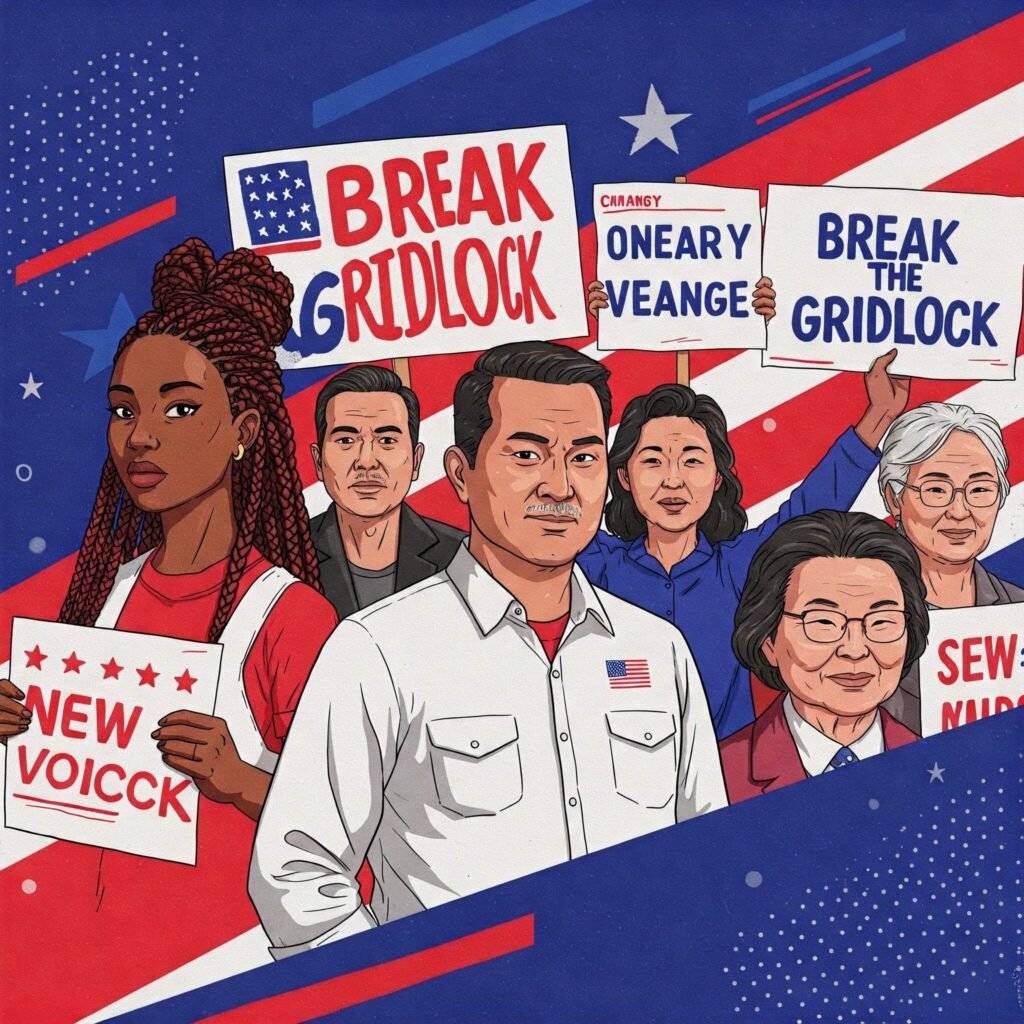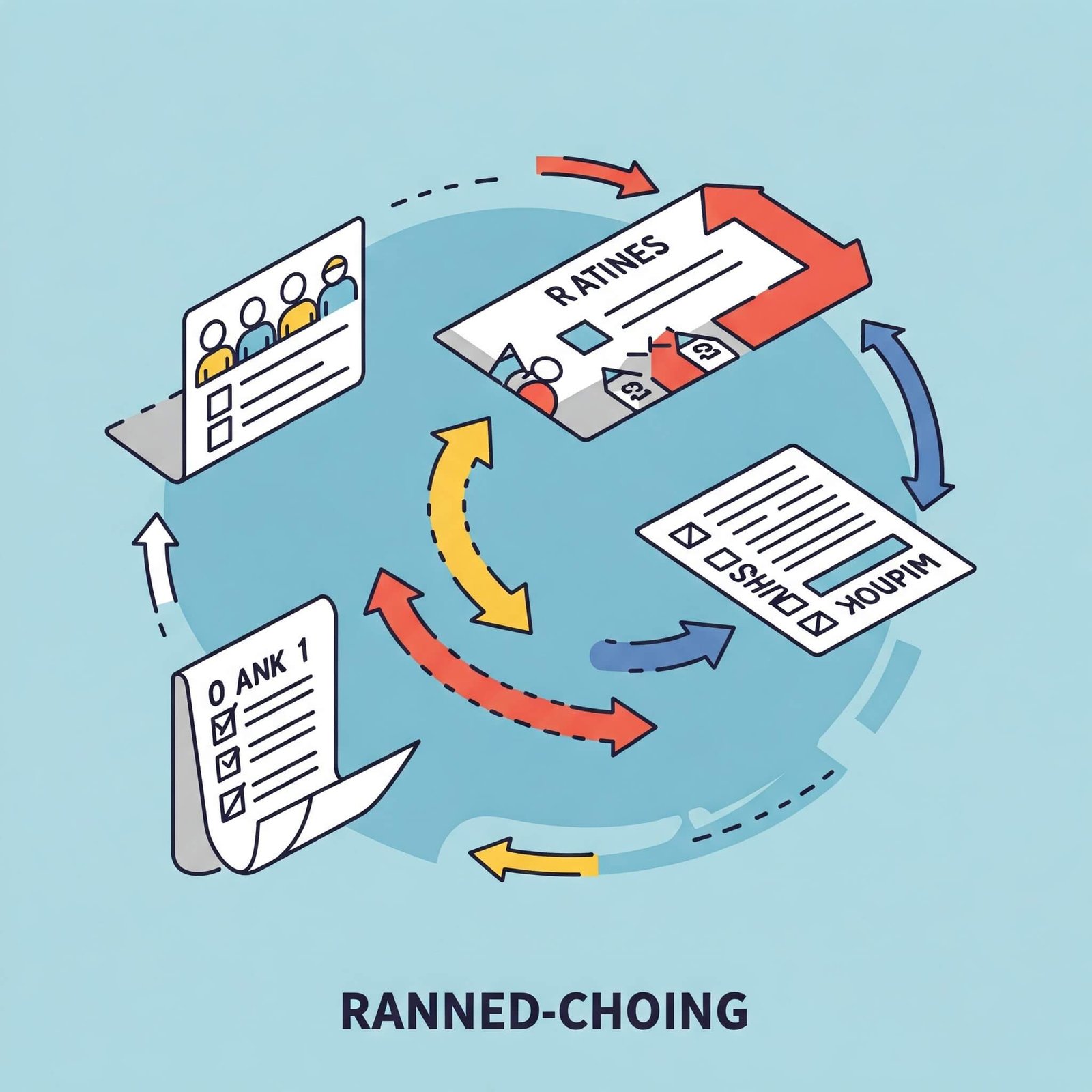In today’s polarized climate, why America needs a third party now is a question gaining traction. The two-party system, dominated by Democrats and Republicans, often leaves voters feeling unheard, trapped in a cycle of gridlock and partisan bickering. A third party could shake up this stagnant dynamic, offering fresh perspectives and solutions that reflect the diverse needs of Americans. This blog explores the urgent need for a third party, its potential to transform politics, and actionable steps to make it a reality.

The Problem with the Two-Party System
The two-party system has long shaped American politics, but it’s showing cracks. Why America needs a third party now stems from the limitations of this binary structure, which often prioritizes party loyalty over public interest.
outbound link: The Two-Party System: A Critical Perspective
Political Polarization is Stifling Progress
Polarization has reached historic highs, with Pew Research reporting that 80% of Americans view the other party as a “threat to the nation’s well-being.” This divide fuels gridlock, stalling critical legislation on issues like healthcare, climate change, and infrastructure.
Voter Dissatisfaction is Growing
A Gallup poll found that 62% of Americans believe a third party is needed, with independent voters leading the charge. Many feel the current parties don’t represent their values, leaving them disenfranchised.

Why America Needs a Third Party Now: Key Benefits
A third party could address these issues by introducing competition, diversity, and innovation into politics. Here’s why America needs a third party now and how it could reshape the system.
1. Breaking the Gridlock
A third party could act as a tiebreaker in Congress, forcing compromise and reducing partisan stalemates. For example, in countries like Germany, coalition governments with multiple parties often lead to more collaborative policymaking.
2. Representing Independent Voters
With 43% of Americans identifying as independents (Gallup, 2023), a third party could champion their diverse views, from fiscal conservatism to social progressivism, that don’t fit neatly into the two-party mold.
3. Encouraging Electoral Reform
A strong third party could push for reforms like ranked-choice voting, which allows voters to rank candidates in order of preference. Maine and Alaska have adopted this system, leading to more representative outcomes (FairVote).

Real-World Examples of Third-Party Impact
History shows that third parties can influence change, even without winning major elections. Why America needs a third party now is evident in these examples:
- The Progressive Party (1912): Theodore Roosevelt’s “Bull Moose” Party didn’t win but pushed progressive policies like women’s suffrage and labor rights into the mainstream.
- Ross Perot (1992): Perot’s independent run garnered 19% of the vote, forcing both parties to address the federal deficit and trade issues.
These cases highlight how a third party can shift the conversation and hold major parties accountable.
Challenges to a Third-Party Breakthrough
Despite the need, why America needs a third party now faces hurdles that must be addressed.
Structural Barriers
The U.S. electoral system favors two parties through:
- Winner-takes-all voting: Discourages voting for smaller parties.
- Ballot access laws: Vary by state, making it costly for third parties to compete.
- Debate exclusion: Third-party candidates are often barred from national debates.
Public Perception
Many voters fear “wasting” their vote on a third party, believing it could inadvertently help their least-preferred candidate win. Overcoming this mindset requires education and reform.
Actionable Steps to Support a Third Party
To make why America needs a third party now a reality, here are practical steps for voters and advocates:
- Support Electoral Reforms: Advocate for ranked-choice voting and open primaries in your state. Organizations like FairVote provide resources to get involved.
- Engage with Third-Party Candidates: Research and vote for independent or third-party candidates in local and state elections to build momentum.
- Spread Awareness: Use social media to share why America needs a third party now, highlighting its benefits to friends and family.
Conclusion: The Time is Now
Why America needs a third party now is clear: the two-party system is failing to represent millions of Americans, fueling division and stagnation. A third party could break this cycle, offering fresh ideas and giving voice to the disenfranchised. By supporting electoral reforms and third-party candidates, we can pave the way for a more dynamic, inclusive democracy. The time to act is now—America’s future depends on it.





